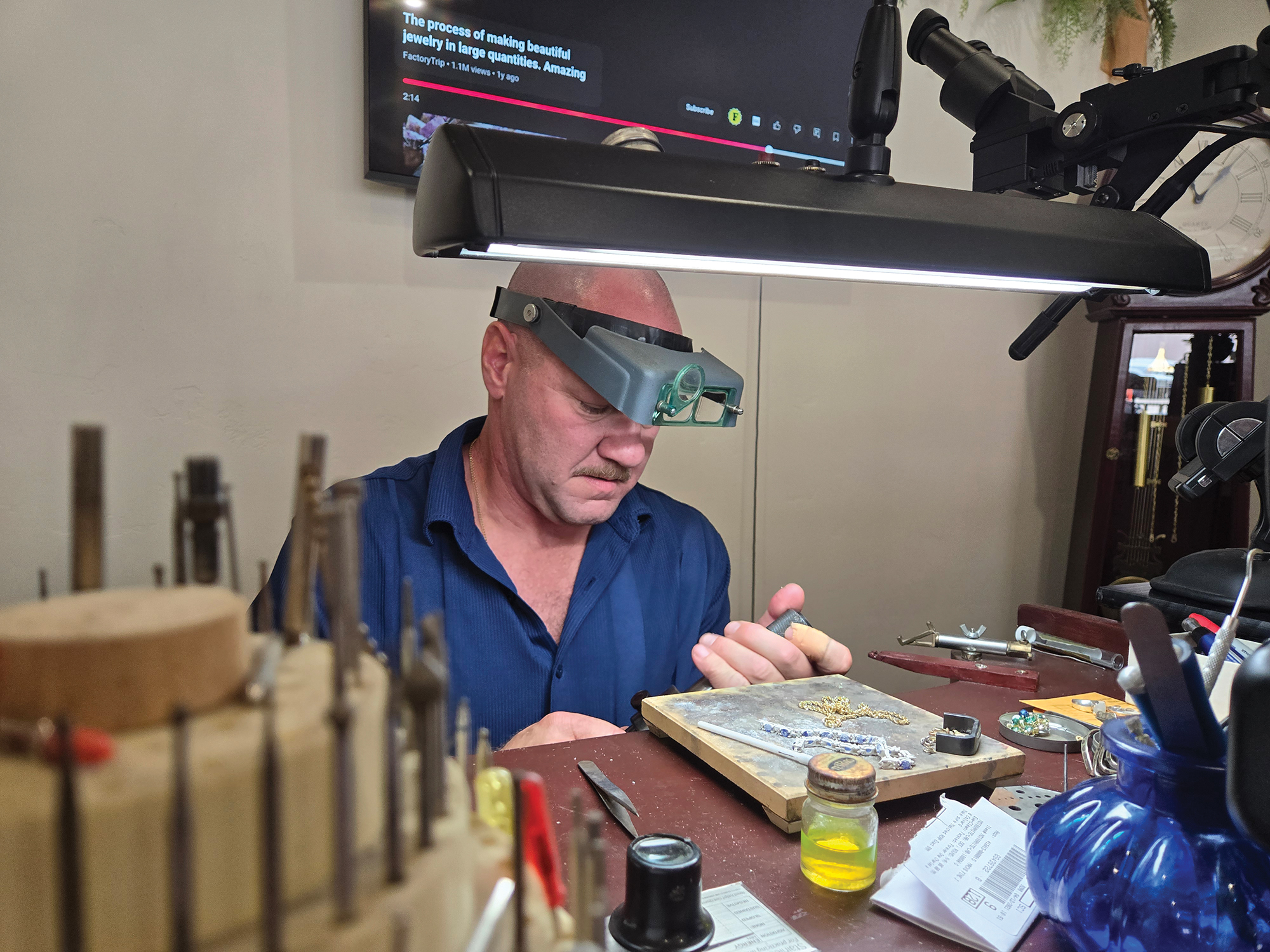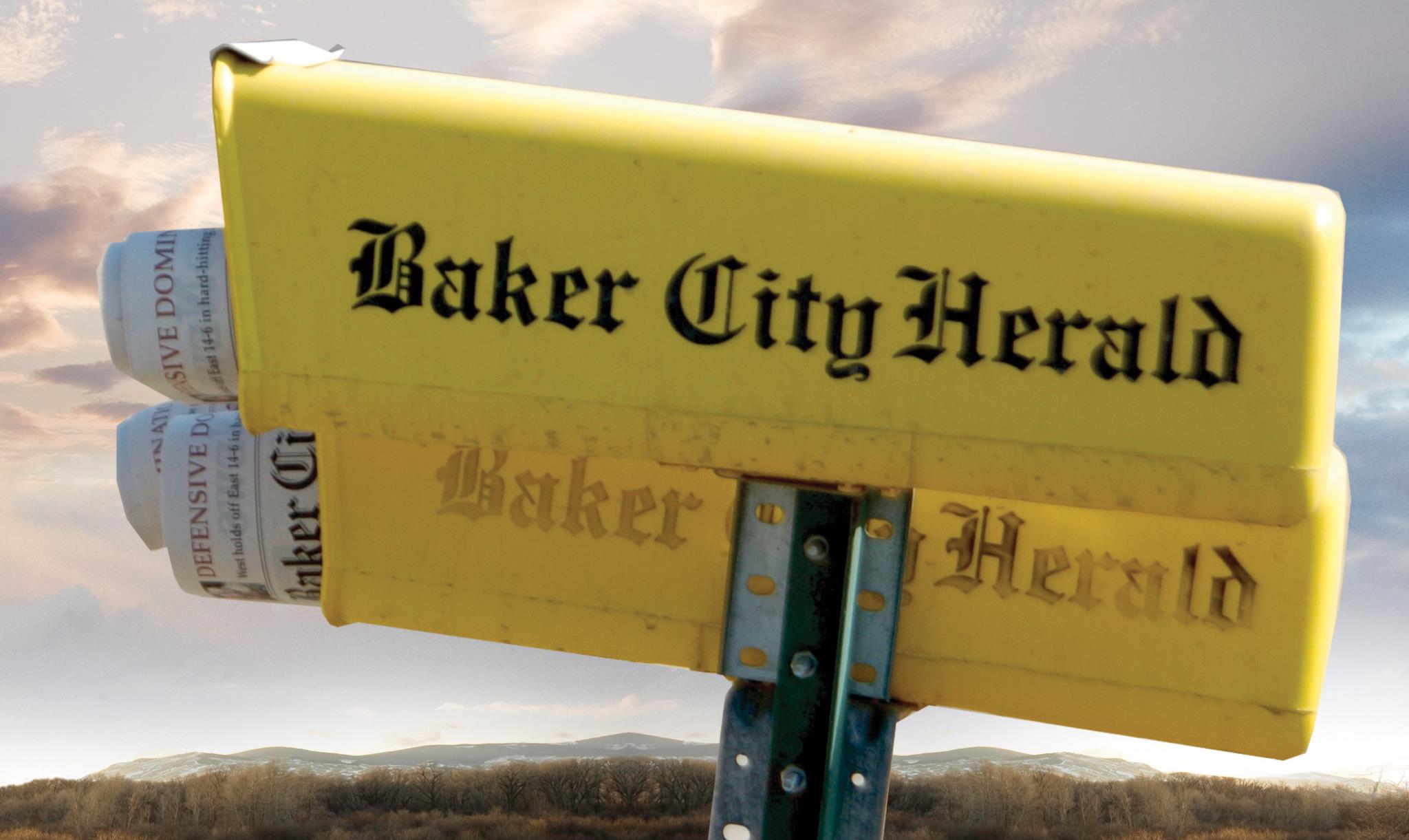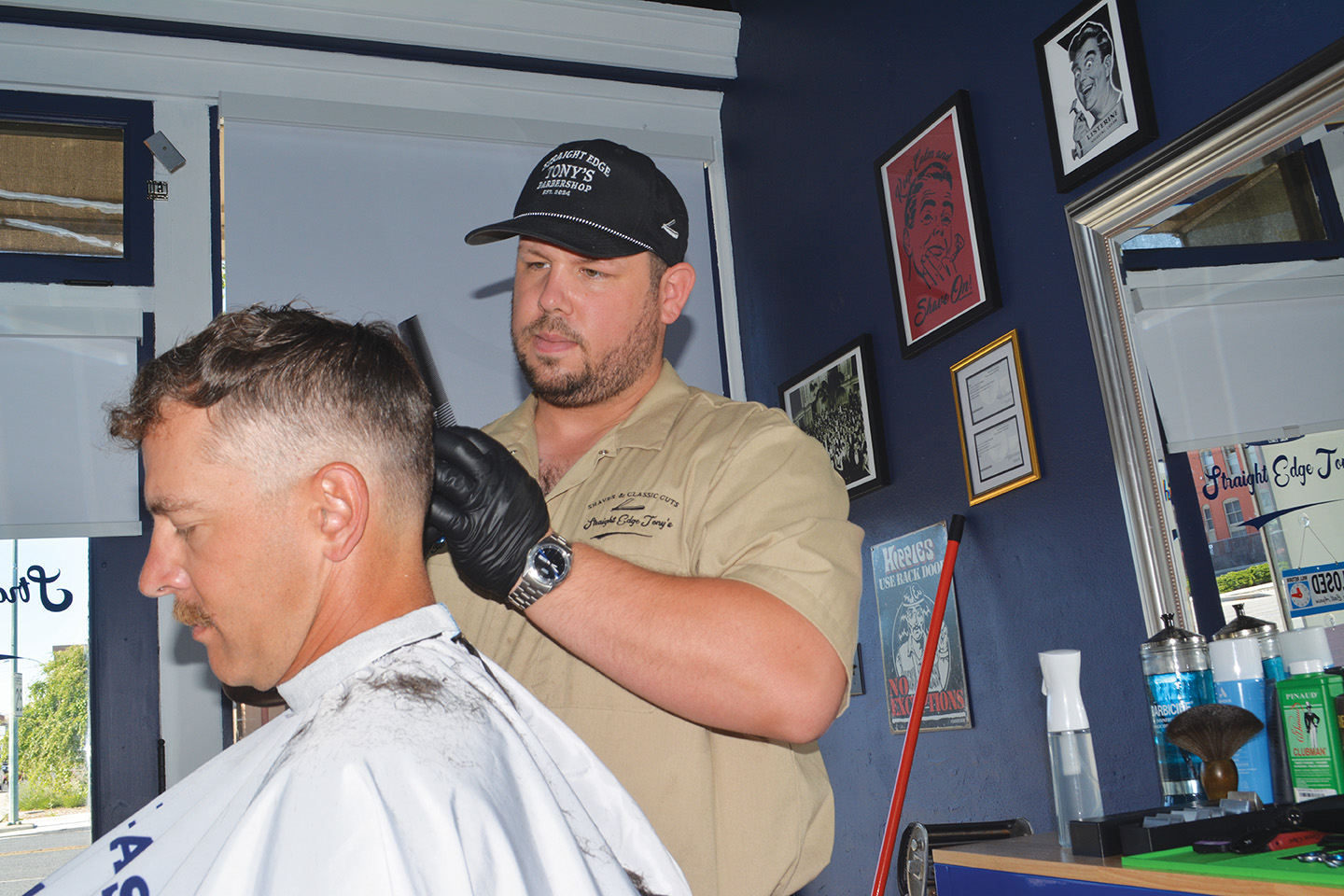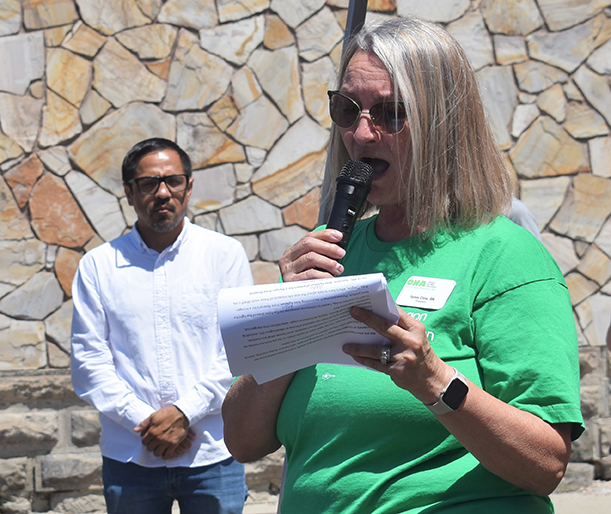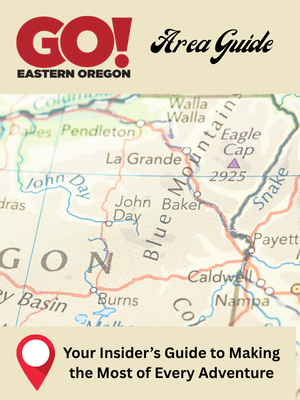Dark Memories
Published 7:30 am Tuesday, May 28, 2019
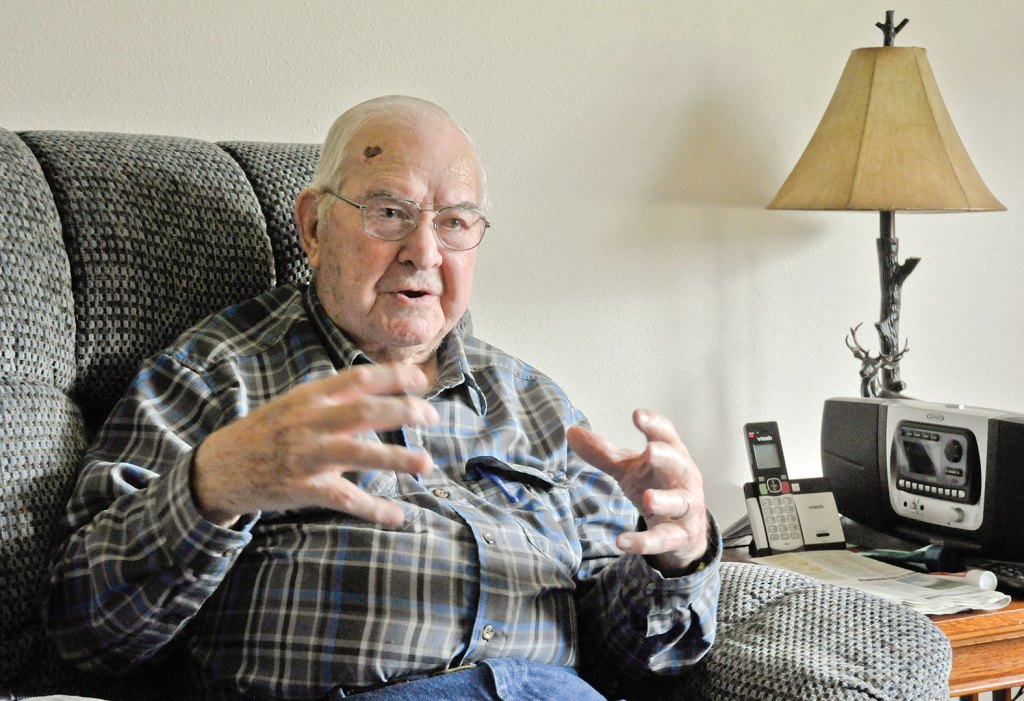
- S. John Collins / Baker City HeraldJapanese kamikaze pilots wreaked havoc on naval ships. Jim Lampkins’ ship, U.S.S. Bradford, somehow escaped any hits by Japanese or loss of crew throughout the war.
Jim Lampkins pauses in his war story, the memories from 75 years ago still raw in his mind.
“Our toughest duty was Okinawa,” he said.
Stationed on a U.S. Navy destroyer in the Pacific theater during World War II, Lampkins’ ship was on “picket” duty sent halfway to Japan. Their mission: intercept Japanese kamikaze pilots before they got to the main fleet.
“We never got hit,” Lampkins said.
Other ships weren’t so lucky. Lampkins and other sailors were charged with finding the survivors.
“There weren’t many — oil burning on the water, the ship still exploding,” he said.
Then he pauses, collecting his thoughts.
“The ones who weren’t … we took their life jacket and dog tags. It was terrible.”
Lampkins turns 97 on June 14. He enlisted with the U.S. Navy in 1942 in Enterprise, where he worked at a bank post-graduation.
Boot camp was at Camp Farragut on the shore of Lake Pend Oreille in Idaho.
“It was the middle of winter and snow up to your hip pockets,” he said.
From there, he went to San Diego for radar school. After training, Lampkins was assigned as a radar operator on a ship bound for the South Pacific.
“I spent the next 2fi years on the ship. I was in 11 major engagements,” he said.
The first was 13 days after reaching the South Pacific. His fleet was Task Force 58 with 1,500 ships.
“People don’t realize what it takes to keep 1,500 ships afloat -— fuel, ammunition, supplies,” Lampkins said.
The U.S. mission, he said, was to secure islands. This meant the ships spent several days bombarding an island before going ashore.
“Most of the islands were occupied by Japanese military,” he said.
Lampkins’ destroyer supported the landing crafts. His ship, the USS Bradford, was outfitted with five 5-inch guns, four to five banks of 40 mm anti-aircraft guns, six 20 mm guns, and two banks of torpedoes.
“And a bunch of depth charges. They are quite fortified,” he said.
Iwo Jima is one place he especially remembers.
“We spent a week bombarding that island before invasion,” he said. “We thought we had it beat down. But 7,000 of our people were killed on the shore. The Japanese had tunnels.”
As a radar operator, Lampkins spent his shift inside a small room located midship.
“I couldn’t see anything but what was on the radar screen,” he said.
For four hours straight he watched that screen and the beam of light sweeping in a circle.
“When you see something, it’s just a little blip of light,” he said.
Airplanes showed up 100 miles away; ships at 20 miles. U.S. aircraft carried a special signal.
“You could identify friendly aircraft from an enemy aircraft,” he said.
When an enemy airplane appeared, Lampkins reported the direction and distance. He tracked it until it was one mile from his ship.
“Then you lose him,” he said. “About that time all hell breaks loose.”
During his tour, his ship shot down 15 Japanese airplanes, and sank a Japanese cruiser and several smaller ships.
As for his ship, all 260 sailors survived.
“We didn’t have any casualties aboard ship. That was unusual,” he said.
During his years at sea, Lampkins wrote letters — quite a few to his girlfriend, Virginia.
“We’d get mail about once a month,” he said.
Sometime in those letters, the two decided to get married. And they did -— on Sept. 11, 1944 when Lampkins was home on a 10-day leave.
His ship left Okinawa on July 5, 1945 for reassignment. He arrived home to United States soil on Aug. 6, 1945 — the day an atomic bomb was dropped on Hiroshima.
After a 30-day leave, Lampkins had enough points for discharge. He hitchhiked to Portland, where he met up with his wife and they headed by train back to Eastern Oregon.
He managed several branches of First Interstate Bank, and spent the last 20 years of his career at the head office in Portland.
He retired in 1983, and they moved to La Grande in 1998.
They later moved to Baker City. Virginia died five years ago.
“We were married 70 years and two months, so I guess it was good,” he said with a smile.
When he returned to civilian life, Lampkins didn’t dwell on the two years he spent in the South Pacific.
“You just like to forget it,” he said. “It’s an experience you’re glad it happened, and you’re glad it’s over.”
Michael Kennedy
Michael Kennedy was 19 when he headed to Vietnam with the U.S. Army. He was stationed at Quin Yon as a “Remington Ranger.”
(As in Remington typewriters.)
“I was supposed to be in the infantry, but I was a day late. It was the airplane strike,” he said.
He lived in a tent with a dozen men, and served during 1966 and 1967.
“I turned 21 there,” he said.
Prior to the war, Kennedy had a job in Canada with the defense early warning system.
Then he was drafted.
“From Lyndon Baines Johnson: congratulations, you’ve been selected…” he said.
He served for just over a year. After being discharged in Spokane, Washington, Kennedy searched for a job.
“I went to work in a bakery because that’s all I could get,” he said.
He later got a job in painting, which he continued after moving to Halfway.
He never talked much about his year in Vietnam.
“Guys who have been there don’t talk about it,” he said.
Wall of Heroes
Lampkins and Kennedy now reside at Meadowbrook Place in Baker City, where they are honored on the new “Wall of Heroes.”
These two, along with 20 other residents, have their photos on display near the dining room.


